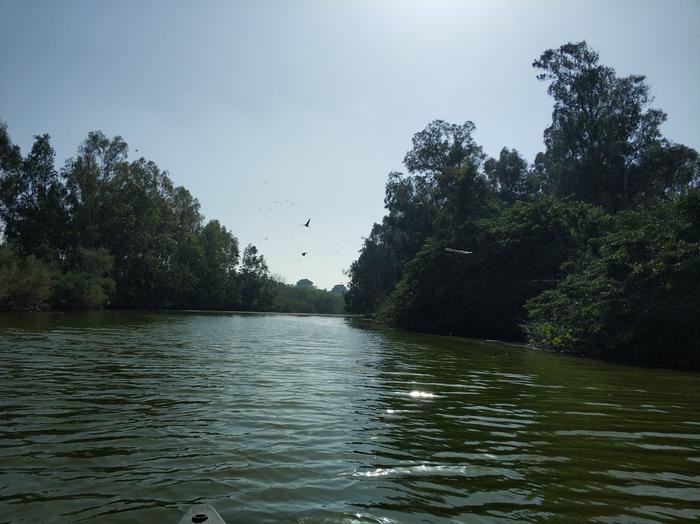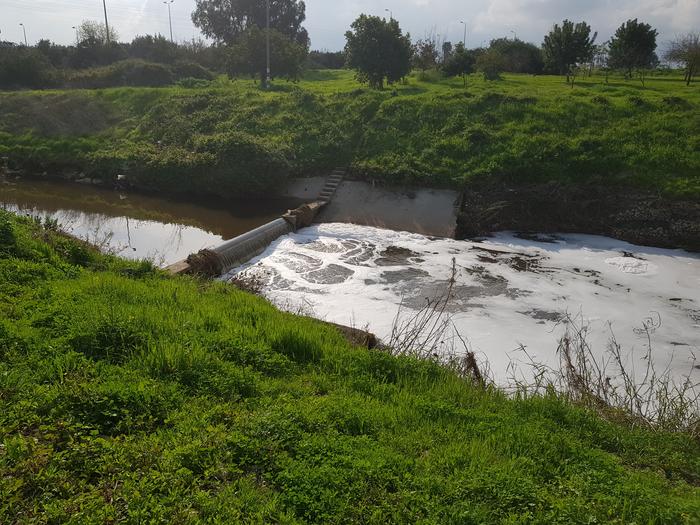
January 30, 2024 — Small coastal ecosystems known as micro-estuaries have been found to be highly contaminated with PFAS chemicals (per-and polyfluoroalkyl substances) used to make fluoropolymer coatings and products that resist heat, oil, stains, grease, and water, according to Hebrew University of Jerusalem researchers.
The new study published in Environmental Science & Technology Letters indicates that the pollution in these micro-estuaries comes from multiple sources, like wastewater and industrial activities, in higher concentrations than what is considered safe for recreational activities. These harmful chemicals, found in everyday items like non-stick cookware and firefighting foams, pose a significant risk to both the environment and human health.
Micro-estuaries play a critical role in supporting biodiversity and the quality of human life in heavily populated areas. They are also the last barrier in controlling fluxes of pollutants from land to sea.
The study revealed alarming concentrations of PFAS in a comprehensive analysis of 120 samples from the Kishon, Alexander, and Lachish micro-estuaries located in the east of the Mediterranean Sea in Israel during the dry season. The total PFAS concentration at these sites was remarkably high, with maximum and median concentrations of 17.4 and 3.4 µg L-1, respectively—significantly exceeding recommended benchmarks for aquatic ecosystems and recreational activities.

Although the three studied micro-estuaries exhibit similar characteristics (morphology, precipitation, watershed size, water volume, etc.), changes in water input and connectivity to the sea, along with local human-related activity, dramatically alter the occurrence, concentrations, and distribution of PFAS.
Wastewater effluents, notably those originating from industrial zones housing refinery facilities, are a significant contributor to PFAS contamination in industrial zones that use PFAS fire extinguishing foam. To enhance PFAS identification originating from wastewater, the researchers recommend using carbamazepine as a steady indicator, proving valuable in scenarios of limited dilution by natural river water.
The research was conducted by Hebrew University researchers Dr. Tom Topaz, Tal Sade, Hadar Zadaka, and Yair Suri from the Faculty of Marine Sciences, Ruppin Academic Center as well as Noam Gridish and Benny Chefetz from the Hebrew University Robert H. Smith Faculty of Agriculture, Food, and Environment. The Israeli Estuarine Research Center team along with the National and Kapodistrian University of Athens contributed to the research.
The study emphasizes the urgent need for targeted environmental management strategies to safeguard micro-estuaries from PFAS contamination. This research contributes to the understanding of PFAS dynamics in micro-estuaries and underscores the importance of comprehensive environmental monitoring and regulatory measures to protect these critical ecosystems.




